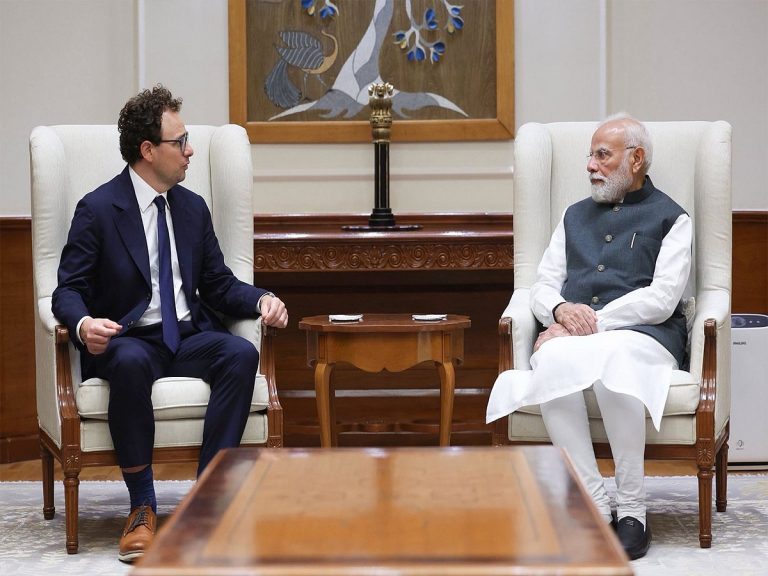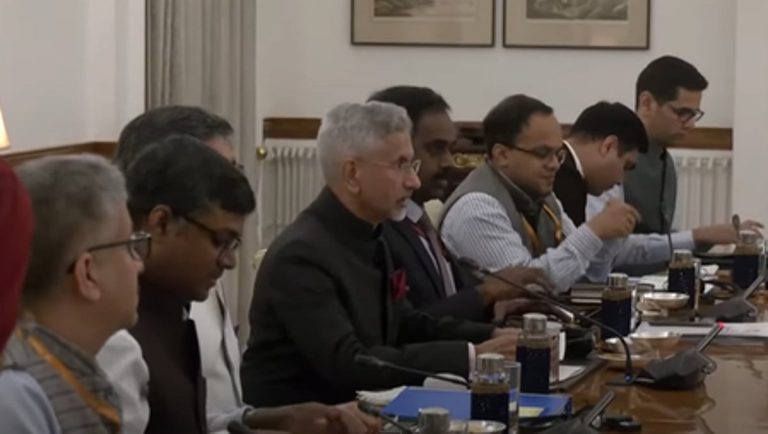Key Takeaways from the ASEAN Summit in Kuala Lumpur
The recent ASEAN summit in Kuala Lumpur brought together leaders from Southeast Asia and beyond, including U.S. President Donald Trump. The discussions focused on trade, regional tensions, and the ongoing challenges facing the bloc. Here are the main highlights from the summit.
U.S. Engagement in Southeast Asia
President Trump’s visit marked his first trip to Asia since returning to the White House in January. His presence at the summit overshadowed the usual ASEAN agenda, as he announced several trade agreements aimed at enhancing cooperation with Southeast Asian nations. Notably, Trump secured commitments from four countries to collaborate on rare earth minerals, a strategic move to reduce dependence on China in this critical industry.
China’s Strengthened Ties with ASEAN
In a significant development, China signed an upgraded free trade agreement with ASEAN, reinforcing its position as the bloc’s largest trading partner. Trade between China and ASEAN member states reached an impressive $771 billion in 2024, highlighting the deep economic interconnections within the region. This agreement is expected to further enhance trade relations and economic cooperation.
East Timor Joins ASEAN
A landmark moment for the ASEAN community was the formal accession of East Timor as the 11th member after a 14-year campaign for membership. Prime Minister Xanana Gusmao expressed that joining ASEAN is a “powerful affirmation” for East Timor, while Malaysian Prime Minister Anwar Ibrahim emphasized that this expansion completes the ASEAN family, reflecting a shared regional destiny.
Ongoing Challenges in Myanmar
Despite the progress made during the summit, ASEAN continues to face significant challenges, particularly regarding the civil unrest in Myanmar. The bloc has struggled to implement a peace plan agreed upon by all leaders, including those from Myanmar’s military junta, since the coup in 2021. ASEAN is considering appointing a permanent special envoy to Myanmar to facilitate diplomatic efforts, although discussions on this matter have been limited due to time constraints.
Future Leadership and Regional Tensions
As the summit concluded, Malaysia handed over the ASEAN chairmanship to the Philippines, which will assume leadership in 2026. The Philippines will face the daunting task of addressing the ongoing conflict in Myanmar and navigating territorial disputes in the South China Sea, where overlapping claims from Brunei, Malaysia, the Philippines, and Vietnam challenge China’s expansive territorial assertions.
FAQs
What were the main topics discussed at the ASEAN summit?
The summit focused on trade agreements, regional tensions, the accession of East Timor, and the ongoing situation in Myanmar.
How did President Trump’s visit impact the summit?
Trump’s presence drew significant attention, allowing him to announce trade deals and strengthen U.S. ties with Southeast Asian nations, particularly regarding rare earth minerals.
What is the status of Myanmar within ASEAN?
Myanmar remains a member of ASEAN, but its junta leaders have been barred from meetings since the 2021 coup, complicating the bloc’s efforts to address the ongoing civil conflict.
Conclusion
The ASEAN summit highlighted both progress and persistent challenges within the region. With East Timor’s accession and new trade agreements, there are opportunities for growth. However, the situation in Myanmar and territorial disputes in the South China Sea will require careful navigation by the Philippines as it prepares to take on the chairmanship in 2026. The future of ASEAN will depend on its ability to foster cooperation and address these critical issues effectively.
The ASEAN summit also underscored the importance of multilateralism in addressing regional issues. Leaders emphasized the need for collaborative approaches to tackle challenges such as climate change, public health, and economic recovery post-pandemic. The discussions included initiatives aimed at enhancing resilience against future crises, reflecting a growing recognition of interconnected global challenges that require unified responses.
In addition to trade and security, the summit highlighted cultural exchanges and people-to-people connections among member states. Leaders acknowledged the role of education and tourism in fostering mutual understanding and cooperation. By promoting cultural ties, ASEAN aims to strengthen its regional identity and enhance social cohesion, which are vital for long-term stability and growth within the bloc.
Also Read:
Trump’s Asia Trip Focuses on Trade and Peace Initiatives







